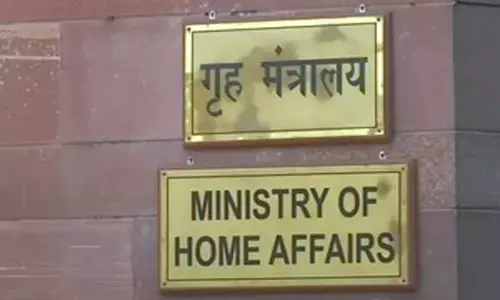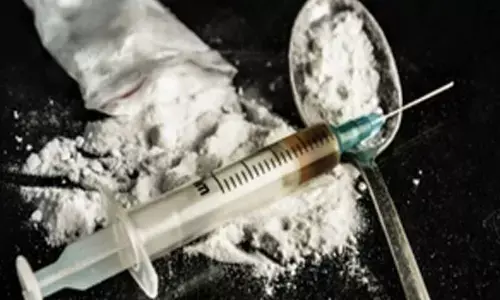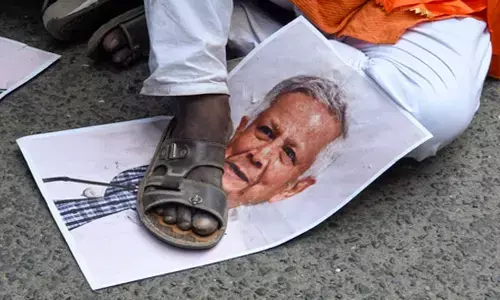All you need to know about iron deficiency anaemia

Although iron deficiency anaemia occurs at all ages and involves both the sexes, adolescent girls are more prone to it. The WHO defined adolescents as the population of
10-19 years of age. The highest prevalence is between the ages of 12 and 15 years. More than 50 per cent of girls in this age group have been reported to be anemic
Anaemia is a condition caused due to a lack of the required amount of red blood cells or hemoglobin in the blood. While red blood cells provide oxygen to body tissues, hemoglobin is the protein in red blood cells that is responsible for carrying oxygen to the tissues.
Iron deficiency anaemia is the most common type of anaemia. According to a report published by NCBI, "Although iron deficiency anaemia occurs at all ages and involves both the sexes, adolescent girls are more prone to it. The WHO defined adolescents as the population of 10-19 years of age. The highest prevalence is between the ages of 12 and 15 years. More than 50 per cent of girls in this age group have been reported to be anemic."
With the condition prevalent in all age groups, undergoing treatments and regularly consulting a medical professional is necessary.
What are the symptoms?
The initial signs and symptoms of iron deficiency anaemia can be mild and unnoticeable like fatigue, reduced effort tolerance, reduced appetite, headache, irritability. However, symptoms like chest pain, inflammation, fast heartbeats, shortness of breath, extreme fatigue, weakness, and cold hands and feet can become prominent in the later stages of the condition. Additionally, symptoms like poor appetite, especially in infants and children can be prominent.
What causes iron deficiency anaemia?
The condition occurs when the body doesn't have adequate iron to produce hemoglobin. Lack of hemoglobin can fail to supply oxygenated blood throughout the body. Moreover, the condition commonly occurs when there is reduced iron intake in diet due to dietary habits, food fad, or poverty. Second most common cause is blood loss leading to iron deficiency. Blood loss could be in the intestine, due to excessive menses in females.
What are the complications faced by an individual with iron deficiency anaemia?
Mild iron deficiency anaemia usually doesn't cause complications. However, if left untreated, it can become severe and lead to various health issues like heart-related ailments, complications during pregnancy, growth problems in infants and children. Furthermore, the condition is also associated with an increased susceptibility to infections.
What are the treatments for iron deficiency anaemia?
It is important for individuals with the condition to seek assistance from a medical professional. The treatment advised usually depends on factors such as age, health, and cause of iron deficiency.
Common treatment like iron supplements and following a diet advised by a medical professional can help restore iron levels in the body. In some cases where the condition is acute, intravenous (IV) iron therapy or a blood transfusion is advisable.
How can an individual prevent the condition?
An individual can reduce the risk of iron deficiency anaemia by incorporating food items rich in iron. Foods rich in iron include beans, green leafy vegetables, red meat, poultry, seafood, iron-fortified cereals, breads, and pastas is advisable.
While an individual takes precautionary measures and follows a doctor's recommendations, it is important to remember that correcting iron deficiency takes time. Certain symptoms may improve after a course of treatment, but it may take several months to increase the iron supply in the blood. Therefore, consulting a medical professional regularly is advisable.
(The writer is the director, Medical Oncology and Hemato Oncology,Fortis Cancer Institute, Bangalore.)
Woman injured in stabbing attack in Tokyo, suspect at large
Bengal cop booked for murder over mysterious death of woman home guard, SIT to probe case
Staffer recalls horror of 7-kg gold robbery by armed gang in Karnataka’s Hunsur
25-Year-Old Airline Cabin Crew Member Dies At Gurugram Party; Police Begin Investigation















